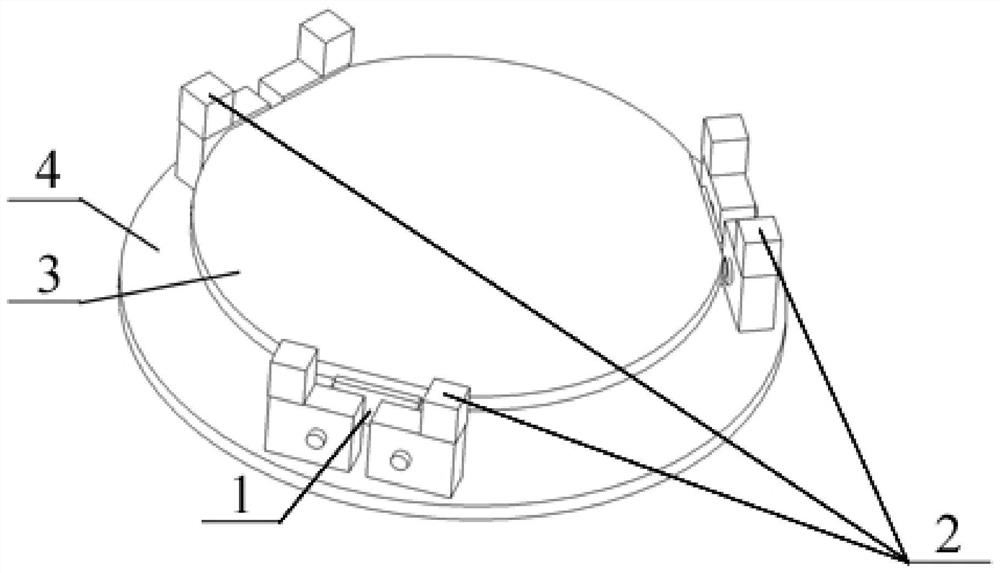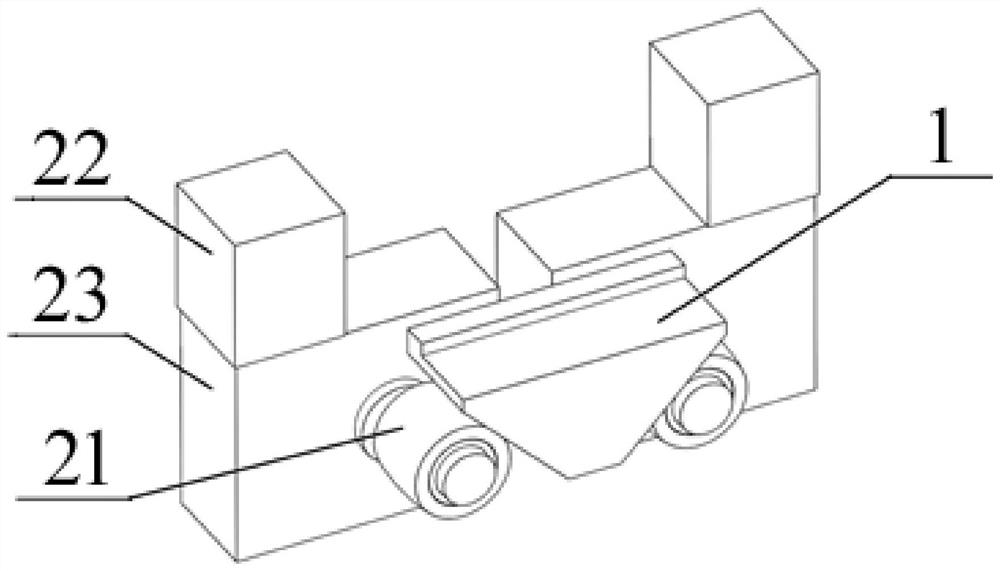Six-degree-of-freedom adjusting device
A technology of adjusting device and degree of freedom, which is applied in the direction of large-scale fixed members, metal processing machinery parts, metal processing equipment, etc., can solve the problems of difficult adjustment accuracy, high cost, inconvenient use, etc., and achieve easy disassembly and precise reset, structure Simple, cost-reducing effect
- Summary
- Abstract
- Description
- Claims
- Application Information
AI Technical Summary
Problems solved by technology
Method used
Image
Examples
Embodiment Construction
[0027] In order to make the object, technical solution and advantages of the present invention clearer, the present invention will be further described in detail below in conjunction with the accompanying drawings and specific embodiments. It should be understood that the specific embodiments described here are only used to explain the present invention, but not to limit the present invention.
[0028] Such as figure 1 As shown, the six-degree-of-freedom adjustment device provided by the embodiment of the present invention is used to realize the adjustment of the spatial state of the platform 3 to be adjusted, and includes: at least three inclined blocks 1 and at least three adjustment units 2 . At least three slanting blocks 1 are respectively connected to the platform 3 to be adjusted for fixing and supporting the platform 3 to be adjusted. At least three adjustment units 2 realize the attitude adjustment of the platform 3 to be adjusted by driving the movement of the slanti...
PUM
 Login to View More
Login to View More Abstract
Description
Claims
Application Information
 Login to View More
Login to View More - R&D Engineer
- R&D Manager
- IP Professional
- Industry Leading Data Capabilities
- Powerful AI technology
- Patent DNA Extraction
Browse by: Latest US Patents, China's latest patents, Technical Efficacy Thesaurus, Application Domain, Technology Topic, Popular Technical Reports.
© 2024 PatSnap. All rights reserved.Legal|Privacy policy|Modern Slavery Act Transparency Statement|Sitemap|About US| Contact US: help@patsnap.com










